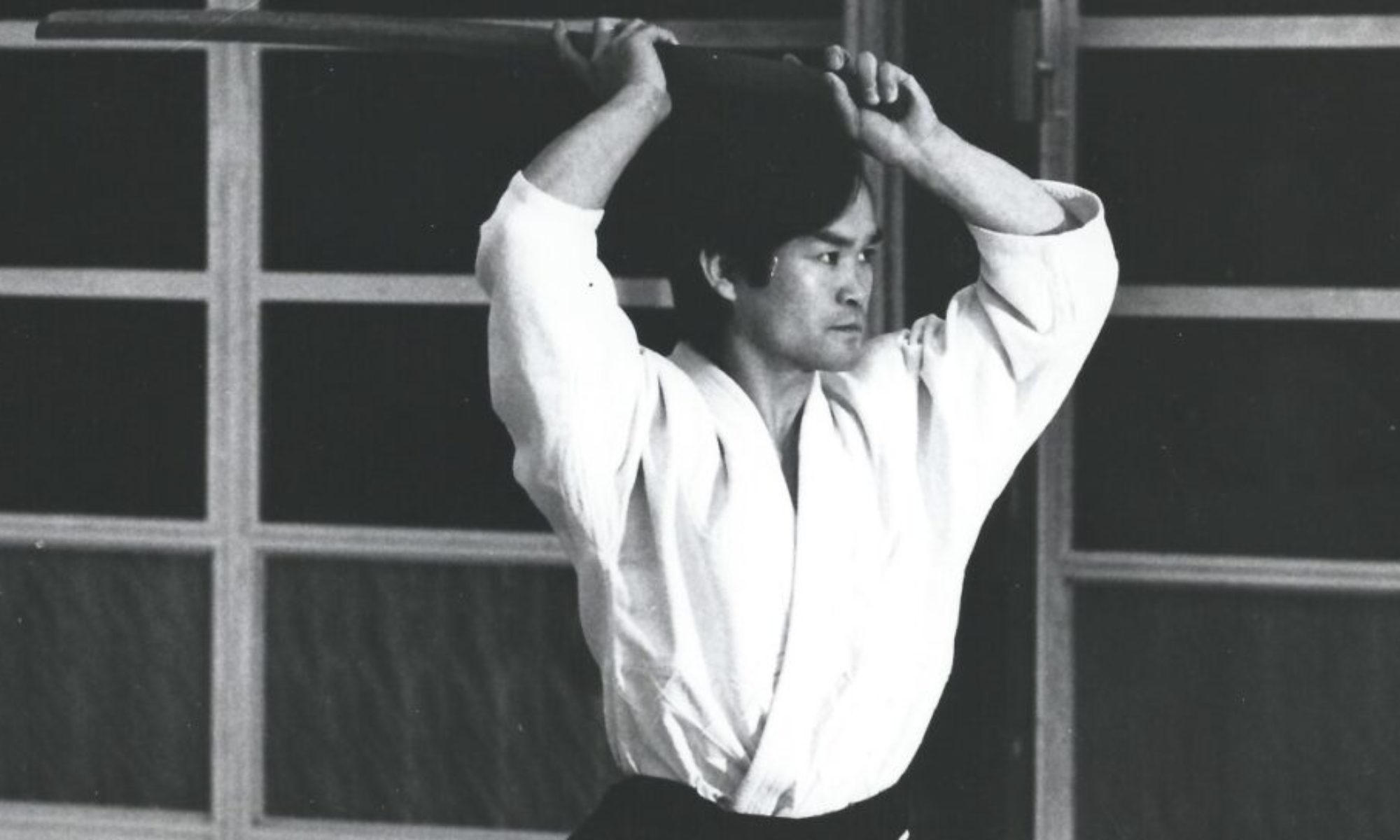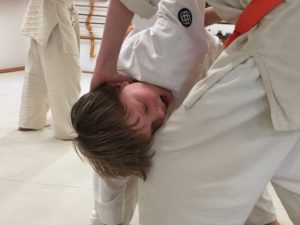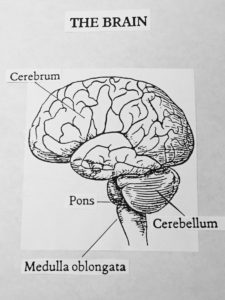By Mark Goudsblom RN
Birankai North America Medical Director
Aikido Takayama
With summer camp just around the corner, please think about the first aid for head injuries, one of the most serious training injuries that may occur. Generally our training is relatively safe, especially as compared to sports like football, but accidents do happen. A head is hit, perhaps with a bokken, or bumped on the mat, or caught by a flying heel. What do you do?
Here is a straightforward article on head injuries and concussions by Birankai North America’s Medical Director, Mark Goudsblom RN. I recommend that all dojos print it out and keep it with their first aid supplies.
Remember that wild, crazy movement and accidents go together, so be mindful in your training. Train hard, train safe. – Cecilia Ramos RN
HEAD INJURIES
A head injury is any injury to the skull or brain. The injury maybe only be a minor bump on the skull or it could be a serious brain injury. Head injuries include concussions, skull fractures and/or bleeding into the brain tissue or surrounding layers.
Head and spine injuries can be fatal and can result from a direct blow to the head or penetrating injuries. A hard blow to the head can cause shaking and jarring of the brain. If the blow is hard enough to injure the brain it is called a concussion. People affected can have symptoms such as paralysis, speech and memory problems, and behavioral changes. Head or spine injuries can lead to permanent disability.
Symptoms:
Visual:
• Scalp wounds or injuries
• Skull or jaw fractures
• Bleeding from the nose or ears
Non visual:
• Problems with concentration
• Problems with memory and judgement
• Problems with balance and coordination
• Tiredness
• Dizziness
• Having trouble sleeping
• Feeling anxious, depressed, or irritable
Symptoms of a head injury can occur right away or develop slowly over several hours or days. Even if the skull is not fractured or pierced, the brain can bang against the inside of the skull and be bruised. The head may look fine, but problems could result from bleeding or swelling inside the skull. In any serious head trauma, the spinal cord is also likely to be injured.
Serious symptoms of brain injury include but are not limited to: unconsciousness, blood or clear fluid coming out of nose or ears, seizures, difficulty breathing, nausea and vomiting, unequal pupil sizes, weakness or inability to move arms or legs and loss of bladder control.
Some head injuries cause changes in brain function. This is called a traumatic brain injury. Concussion is a mild traumatic brain injury.
CONCUSSIONS
A concussion is a traumatic brain injury that alters the way the brain functions. Effects are usually temporary, but can include problems as a headache, concentration problems, memory lapses, judgment problems, balance and coordination issues. Other symptoms include tiredness, dizziness, having trouble sleeping and feeling anxious, depressed or irritable.
Although concussions are usually are caused by a blow to the head, they can also occur when the head and upper body are violently shaken. These injuries can cause a loss of consciousness, but most concussions do not. Because of this, some people have concussions and don’t realize it.
Concussions are common, particularly in contact sports, such as football. But every concussion injures the brain to some extent. This injury needs time and rest to heal properly. Luckily, most concussive traumatic brain injuries are mild, and people usually recover fully.
Please take a moment (5:30 min) to watch the following video about concussions at http://www.youtube.com/watch?v=zCCD52Pty4A
Learn to recognize the symptoms of head injuries and concussion.
You can save someone’s life!
First Aid
If a person is unconscious call 911. Remember to apply spinal stabilization if it was an unwitnessed event or significant fall/injury. If the person is unconscious apply the first aid principles of Airway, Breathing and Circulation to ensure these are all present. If the person is awake, ask them if they are aware of what happened, which day of the week it is, the date, and time of day, and if they know where they are (this is to check their orientation to time, place and person. Try to find out what happened and how it happened.
All persons that experience a loss of consciousness should be seen by a doctor. Other symptoms that will require medical attention are: if the person becomes very sleepy, behaves abnormally, vomits more then once, develops a severe headache or stiff neck, has unequal pupils, or is unable to move an arm or leg.
What not to do:
• Do not wash or clean a deep head wound (more than ½” deep or ½” wide)
• Do not remove an object sticking out of a head wound
• Do not move a person unnecessarily
• Do not shake the person to try to wake them
• Do not remove a helmet or protective gear
Care at Home
The person with a head injury needs to take good care of his/herself. They need to stay at home for the next few days and gradually return to regular activities. The person should avoid strenuous physical activities for at least 24 hours. The person should refrain from watching TV or working on a computer for long periods of time. They should not be left alone for the first 24 hours following the head injury/ concussion as it is possible that more serious symptoms may arise. They should be watched closely by another responsible adult.
In the days following the head injury or concussion the person should not drive for at least 24 hours. If they are having trouble concentrating they should avoid driving or operating any kind of machinery until the symptoms subside. They should visit a medical professional if the symptoms worsen.
The person should not drink alcohol, take aspirin, Ibuprofen or any anti-inflammatory medication as these will increase the chance of bleeding in the brain.
Activities and exercise can be increased slowly as long as the symptoms do not return. They should start with light exercises first and gradually increase in duration and intensity. If the injury was caused during Aikido practice, the person should check with their doctor before returning to Aikido practice.
While a primary concussion can be damaging, the overall recovery form concussion is good. However another head injury shortly after a first injury, also known as Second-Impact Syndrome (SIS) or repetitive head injury syndrome, can be devastating. The symptoms can be similar as described above, but the recurring brain damage could impact neurological function in the long run and affect memory or cause permanent symptoms as reccurring headaches. It is therefore vitally important to ensure that they recover fully from the initial head injury before assuming all daily activities and training again.
Resources
http://www.mayoclinic.org/diseases-conditions/concussion/basics/definition/con-20019272
http://www.nlm.nih.gov/medlineplus/ency/article/000028.htm
http://www.webmd.boots.com/fitness-exercise/guide/concussion-traumatic-brain-injury
Click to access Concussion.pdf
http://emedicine.medscape.com/article/92189-overview
Author: Mark Goudsblom RN BSN MSH October 2014


